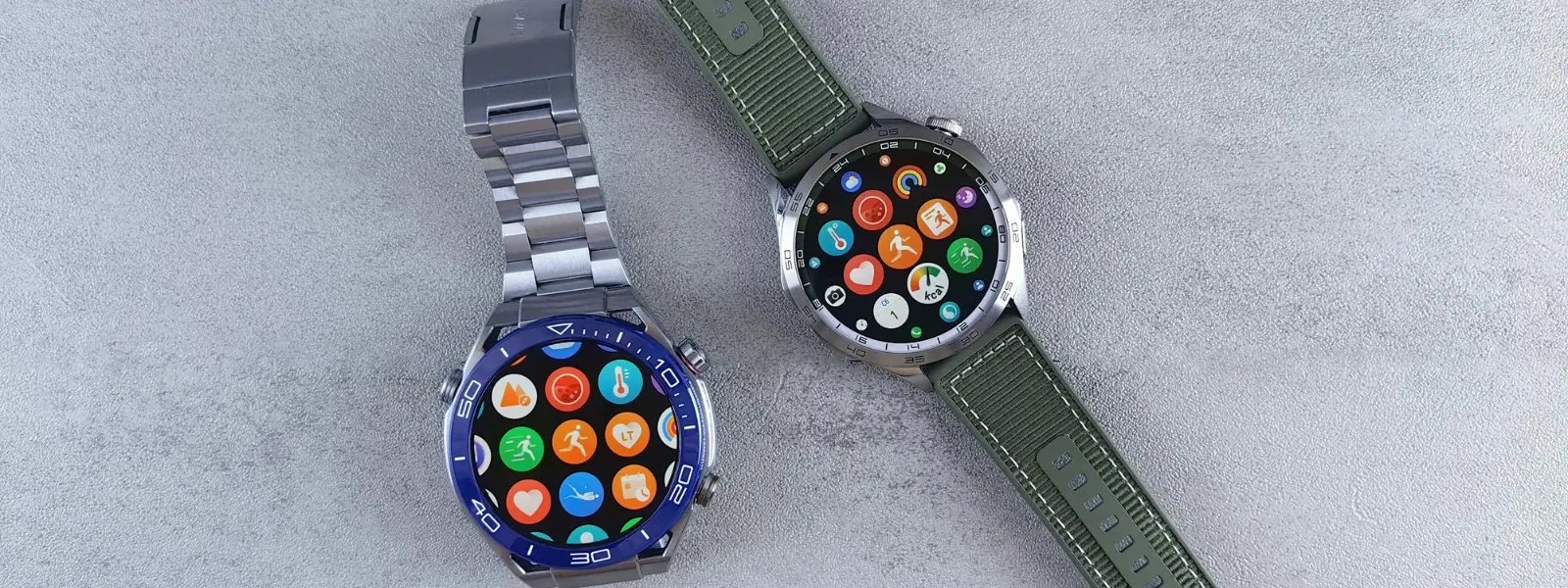
Luxury Edit
•04 min read

The tradition of wearing watches on the left hand is an intriguing blend of history, functionality, and style. In this post, we explore why watch wear in left hand remains a popular, enduring practice. Whether you are a luxury watch enthusiast or simply curious about wristwatch wearing habits, you will learn about the historical roots, functional benefits, psychological meanings, and styling tips that shape this custom.
The left hand watch wearing tradition dates back to the early days of wristwatches when practical design was key. In an era when pocket watches evolved into wristwatches, the dominant hand was needed for other activities. As most people are right-handed, early watchmakers designed their timepieces so that winding the watch was easier with the right hand, leaving the left wrist free. This practical decision soon paved the way for a widely accepted custom that has endured through generations. History shows that early mechanical movements and operational ease played a significant role in the dominant hand watch placement decision. Additionally, soldiers during military operations benefited from keeping the dominant hand free, further reinforcing the idea of wearing watches on the left wrist.
Wearing your watch on the left hand comes with several benefits that blend functionality with style. One of the key reasons is that the left wrist is typically less active during everyday tasks. This naturally minimizes the risk of scratches or impacts, ensuring that your luxury watch remains in pristine condition. Moreover, the ergonomic design makes it easier to operate the crown of the watch using your dominant right hand, which many find convenient during busy routines. The combination of style and function ensures that you benefit from watch placement for comfort without compromising on the aesthetics. Those with a penchant for a luxury watch styling tip might also note that reduced wear and tear enhances the longevity of these sophisticated accessories.
Beyond practical reasons, the symbolism behind left wrist watch symbolism adds an intriguing dimension to this tradition. Many cultures see the left hand as a symbol of receptivity and calmness. This adds a subtle layer of depth to the act of wearing a watch on the left hand. For right-handed individuals, this practice not only aligns with their natural habits but also contributes to a sense of balance and personal comfort. The ritual of watch wearing preferences is often seen as a fashion statement with watches that combines historical reverence with modern style. It reflects not only adherence to a convention but also an elegant demonstration of style and identity.

Insight Corner: The Psychology Behind Left-Handed Style
Did You Know? The left wrist is often considered the passive hand, symbolizing receptivity and tranquility. This subtle psychological cue could be why many opt for left wrist positioning, enhancing both comfort and style.
Luxury watch etiquette goes beyond mere timekeeping. It is an expression of sophistication and personal style. Aligning with tradition by wearing a watch on the left hand can elevate your overall look and serve as an elegant nod to time-honored customs. For those looking to refine their fashion statement with watches, here are some luxury watch styling tips that blend practicality with contemporary trends:
Pair your watch with other accessories such as bracelets or cufflinks for a harmonious ensemble.
Consider matching the color of your watch strap with your clothing for a seamless and sophisticated look.
Experiment with minimalistic designs for formal occasions while opting for bolder designs in casual settings.
Even left-handed individuals can adapt luxury watch etiquette. While some may prefer to wear their watch on the right wrist for or watch positioning for style, the key is to balance personal comfort with the timeless appeal of the accessory. The luxury watch styling tips serve as a guideline to help you make an informed choice between adhering to tradition or showcasing your individuality.
Although the left-hand watch wearing tradition remains prevalent, modern trends are embracing flexibility in watch placement. Over time, watch wearing preferences have evolved to reflect a more personalized approach. Left-handed watch wearers often opt for the right wrist, which not only suits their physical comfort but also makes a daring statement in the realm of fashion. Contemporary trends encourage breaking away from rigid norms by underscoring that the best watch placement for comfort is ultimately determined by personal choice. Today, innovative designs and targeted ergonomic features allow both left and right wrist watch wearers to enjoy luxury watch etiquette without compromising style. This evolving trend underscores the idea that watch positioning for style is as much about self-expression as it is about tradition.
-8704a161-e35d-4932-b982-017add6889b1.png&w=3840&q=75)
Watches are traditionally worn on the left hand because most people are right-handed, making it a practical choice to minimize interference during daily activities and reduce damage risks.
Yes, wearing a watch on the right hand is acceptable, particularly for left-handed individuals or those who seek to express their individuality beyond tradition.
No, it is not compulsory. Personal comfort and style should guide your choice, even though the left wrist has traditionally been the go-to option.
It often symbolizes receptivity, calmness, and adherence to a rich, historical tradition that enhances the overall luxury watch styling tips for elegance.
The practice of wearing watches on the left hand is steeped in history, practicality, and symbolic significance. It has evolved from a necessity into a stylish tradition that many continue to embrace, whether for comfort, protection, or making a fashion statement with watches. Today, modern trends allow for flexibility—even for those whose dominant hand is not the norm—reflecting the spirit of self-expression and individuality. Ultimately, the choice of wrist is a personal one that beautifully blends functionality with luxury watch etiquette. This timeless ritual continues to inspire and inform watch positioning for style, making each timepiece a cherished part of one’s identity.